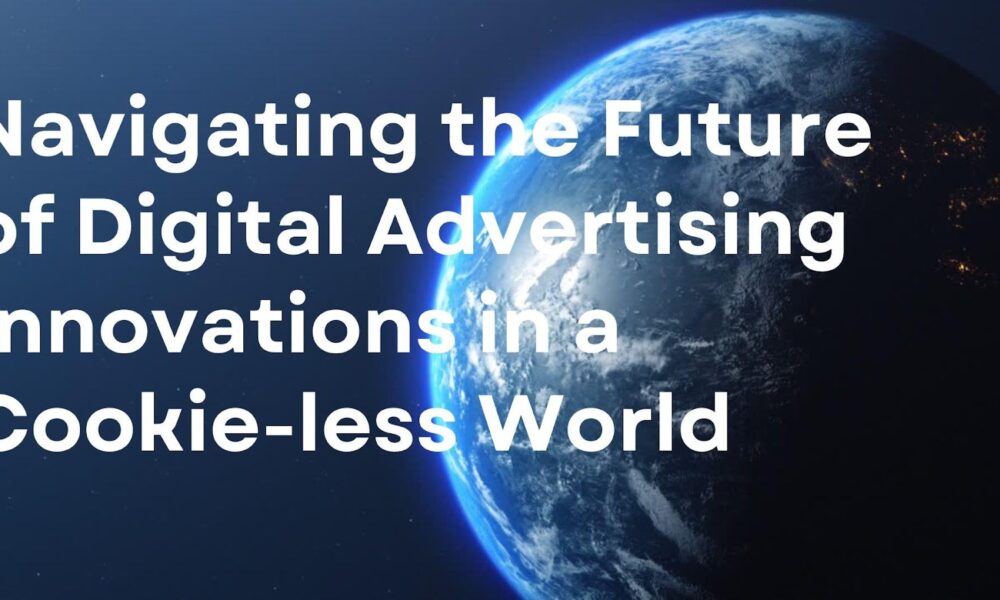Share
Share
Share
Share
The digital advertising industry is undergoing a significant transformation with the phasing out of third-party cookies. Madhusudhanarao Chebrolu, an expert in privacy-preserving technologies, explores the challenges and emerging solutions in this evolving landscape. His insights shed light on how advertisers can maintain effectiveness while respecting user privacy.
The Shift Away from Third-Party Cookies
For years, third-party cookies have played a crucial role in digital marketing, enabling advertisers to track user behavior across websites for personalized ad delivery. However, growing concerns about privacy and data security, coupled with regulatory changes like GDPR and CCPA, have led to a paradigm shift. Major web browsers are moving towards a cookie-less future, prompting the industry to explore alternative strategies for audience targeting and campaign measurement.
Privacy-Preserving Tracking: Browser Extensions
One of the emerging solutions is the use of privacy-focused browser extensions. These extensions allow users to manage their consent preferences while still enabling advertisers to gather anonymized insights. Advanced cryptographic techniques ensure that individual data remains private, reducing exposure by up to 91% while maintaining approximately 84% of targeting effectiveness. The adoption of such extensions has seen a rise, with users engaging more actively in managing their privacy settings compared to traditional cookie banners.
Contextual Advertising: A Smarter Approach
Contextual advertising, powered by AI-driven semantic analysis, is proving to be a robust alternative. Unlike behavioral tracking, which relies on past browsing history, contextual advertising scans the content of a webpage in real time to display relevant ads. Machine learning models process content across multiple semantic layers, achieving accuracy rates comparable to cookie-based targeting. This method eliminates privacy concerns while preserving ad relevance, making it a viable choice for advertisers adapting to new privacy norms.
Leveraging First-Party Data
As third-party data becomes less accessible, brands are investing in first-party data collection. Customer Data Platforms (CDPs) are being enhanced with privacy-preserving technologies, ensuring that data remains secure while still providing actionable insights. Encryption methods allow for secure processing of large datasets without exposing personally identifiable information. Additionally, data clean rooms facilitate secure collaboration between advertisers and partners, allowing them to analyze user trends without violating privacy laws.
AI-Driven Predictive Models
Artificial intelligence is playing a crucial role in addressing the challenges posed by cookie deprecation. Privacy-preserving machine learning models use cohort-based analysis to predict user behavior without tracking individuals. Edge computing and federated learning ensure that data is processed locally on users’ devices rather than being stored in centralized databases, thereby minimizing privacy risks. These AI-driven models achieve targeting accuracy rates of over 90%, proving that effective advertising can coexist with stringent privacy measures.
Server-Side Tracking: A Game-Changer
Another breakthrough is the adoption of server-side tracking architectures. Unlike traditional client-side tracking, which relies on browser scripts, server-side implementations shift data collection to first-party servers. This reduces reliance on third-party scripts, enhances data security, and improves tracking accuracy. Studies show that server-side tracking maintains over 92% conversion tracking accuracy while reducing client-side script execution by 64%, leading to better site performance and user experience.
Privacy Sandbox and Future Industry Standards
The Privacy Sandbox initiative introduces new frameworks for privacy-preserving ad targeting and measurement. Technologies such as the Protected Audience API and Topics API aim to group users into interest-based cohorts rather than tracking individuals. These solutions ensure that ads remain relevant while drastically reducing personal data exposure. Additionally, differential privacy techniques embedded in these frameworks maintain strong privacy guarantees without compromising advertising effectiveness.
The Road Ahead for Advertisers
The transition to a cookie-less digital ecosystem requires advertisers to rethink their strategies and invest in privacy-first solutions. Organizations that adapt to AI-driven contextual advertising, first-party data strategies, and server-side tracking will be better positioned to thrive in this evolving landscape. By leveraging innovative privacy-preserving technologies, advertisers can maintain consumer trust while delivering impactful and relevant advertising.
In conclusion, Madhusudhanarao Chebrolu highlights that while the shift away from cookies presents challenges, it also fosters innovation. As companies embrace new technologies, they are not only ensuring compliance with privacy regulations but also setting the foundation for a more sustainable and user-friendly advertising ecosystem.







